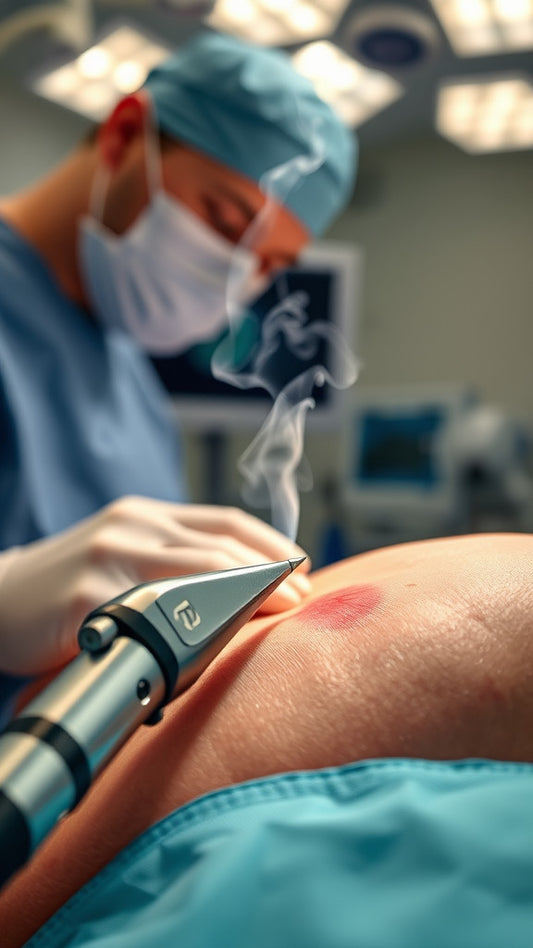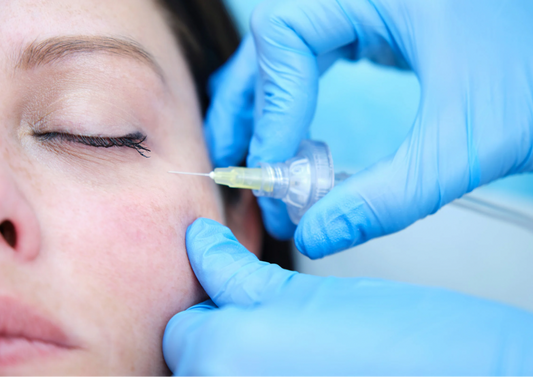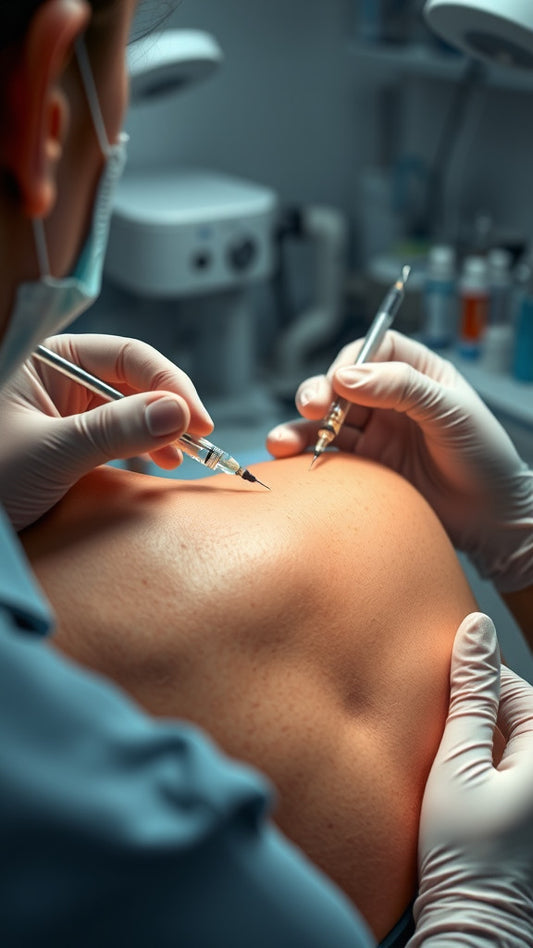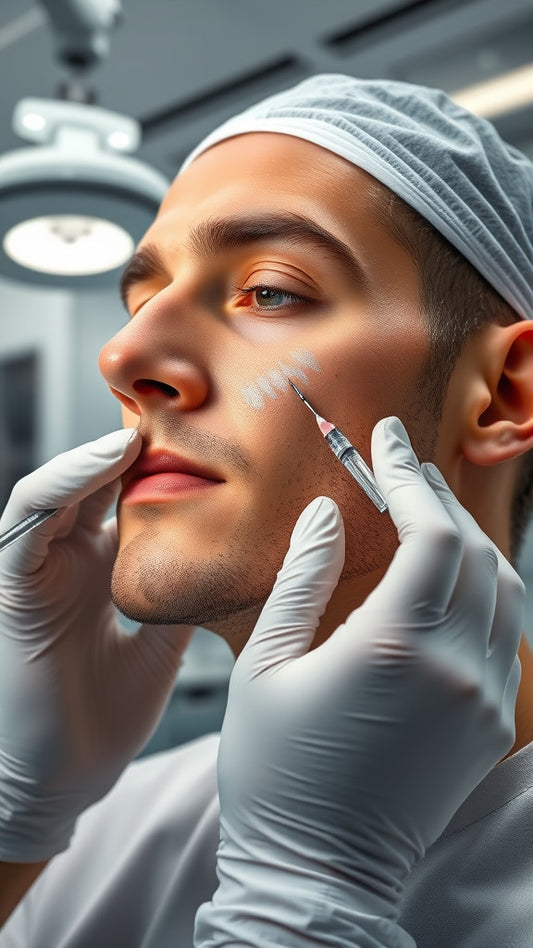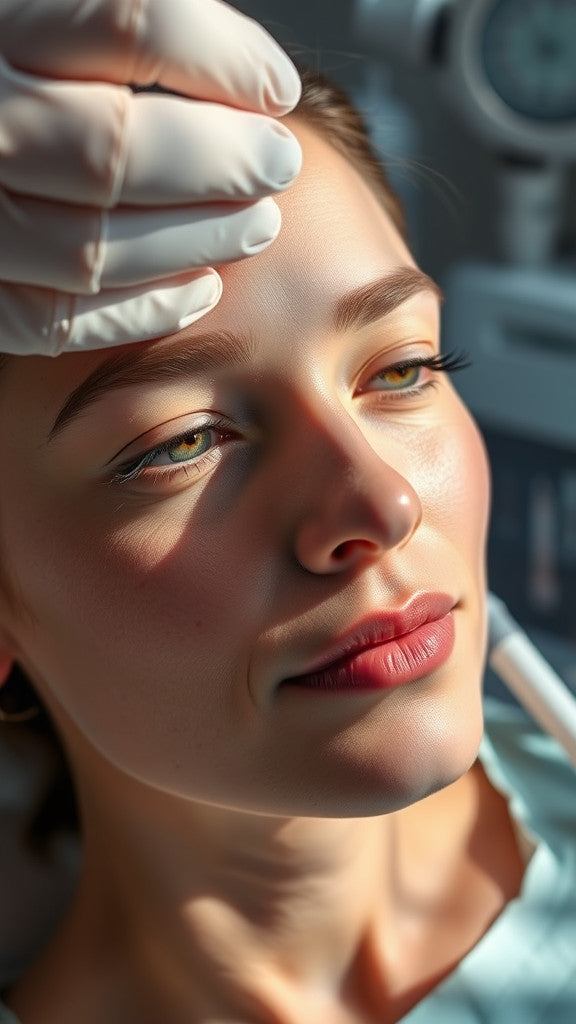
COSMETIC AND THERAPEUTIC BOTOX.
They are two uses of the same product (botulinum toxin), but for different purposes.
Cosmetic Botox: This refers to the use of botulinum toxin for cosmetic purposes. It is used to temporarily smooth or reduce wrinkles and expression lines, particularly on the face. When injected into specific areas, Botox relaxes the facial muscles, preventing them from contracting and thus forming wrinkles. It is commonly used to treat wrinkles between the eyebrows, on the forehead, and around the eyes (crow’s feet). The results usually last between 3 to 6 months.
Therapeutic Botox: In this case, botulinum toxin is used to treat various medical conditions, such as neuromuscular disorders and issues related to the nervous system. Some examples include chronic migraines, bruxism (teeth grinding), and hyperhidrosis.
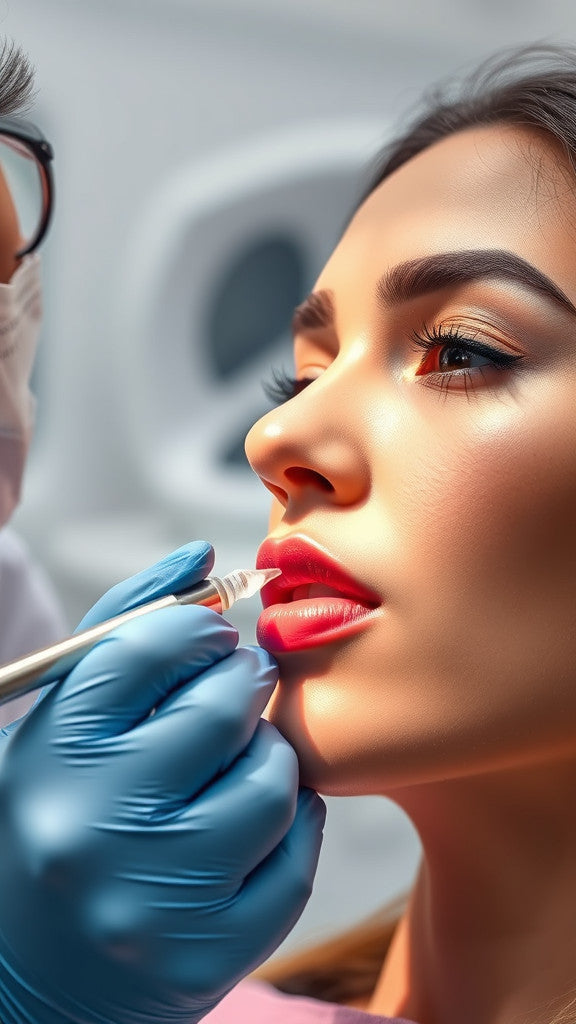
FILLERS OR DERMAL FILLERS.
These are substances that are injected into the skin to restore volume, smooth wrinkles and expression lines, or enhance the shape and contour of certain facial areas. These products are commonly used in non-invasive aesthetic procedures.
There are several types of fillers, but the most common ones are:
Hyaluronic acid: A natural component of the skin that attracts and retains water, providing hydration and volume.
Calcium hydroxyapatite: A material that is also naturally found in the body, used to add volume and stimulate collagen production.
Synthetic polymers: Other fillers that may last longer, although they are less common.
Fillers are primarily used to:
- Fill wrinkles and expression lines (such as nasolabial folds, marionette lines, or forehead wrinkles).
- Increase volume in areas such as the cheeks, lips, or jawline.
- Improve the overall appearance of the skin, making it look smoother and more rejuvenated.
The duration of the results varies depending on the type of filler, but generally ranges from 6 months to 2 years. The effects are temporary, as the body gradually reabsorbs the substance over time.

CARBOXYTHERAPY.
It is an aesthetic and medical treatment that involves the subcutaneous application of carbon dioxide (CO2), meaning it is injected beneath the skin, with the goal of improving skin appearance, reducing cellulite, treating stretch marks, combating sagging, and improving blood circulation.
This gas is injected through a fine needle into specific areas of the body, where it acts in several ways:
- Improvement of blood circulation: Carbon dioxide stimulates the dilation of blood vessels and enhances circulation in the treated area.
- Stimulation of collagen and elastin production: CO2 promotes cellular regeneration, which helps improve the firmness and elasticity of the skin.
- Reduction of localized fat: It is believed that carbon dioxide helps dissolve fat deposits, which can contribute to reducing cellulite and body contouring.
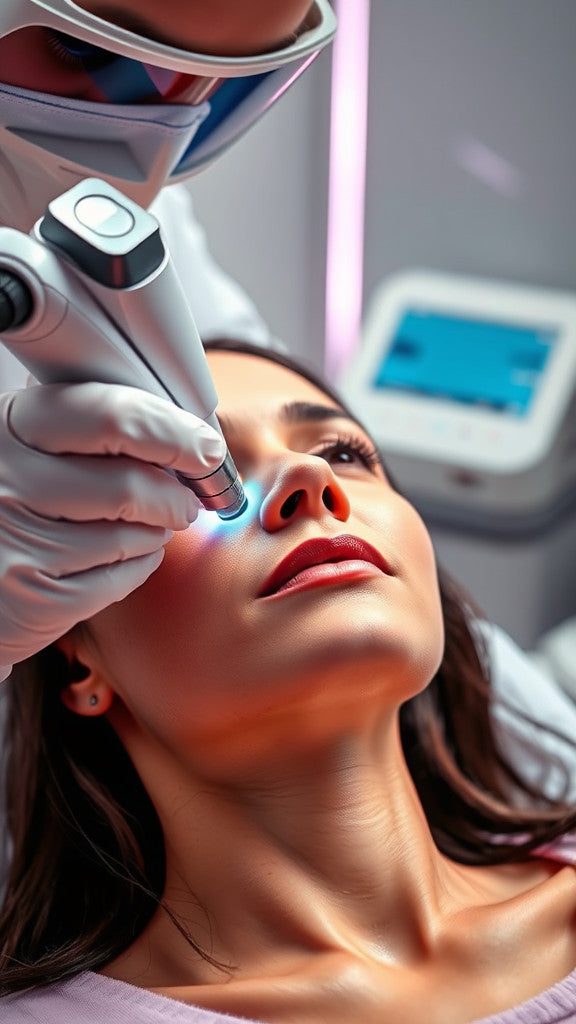
RADIOFREQUENCY.
It is a non-invasive aesthetic treatment that uses high-frequency electromagnetic waves to heat the deep layers of the skin, stimulating the production of collagen and elastin. This process improves the texture, firmness, and elasticity of the skin, contributing to a facial and body rejuvenation effect.
Facial rejuvenation: Reduction of wrinkles and expression lines, as well as improving skin firmness.
Treatment of sagging: Helps tighten the skin, especially in areas such as the face, neck, and abdomen.
Reduction of cellulite: Stimulates circulation and promotes the reduction of localized fat, improving the texture of the skin in areas with cellulite.
Improvement of body contour: Helps reshape specific areas, such as the abdomen or thighs.
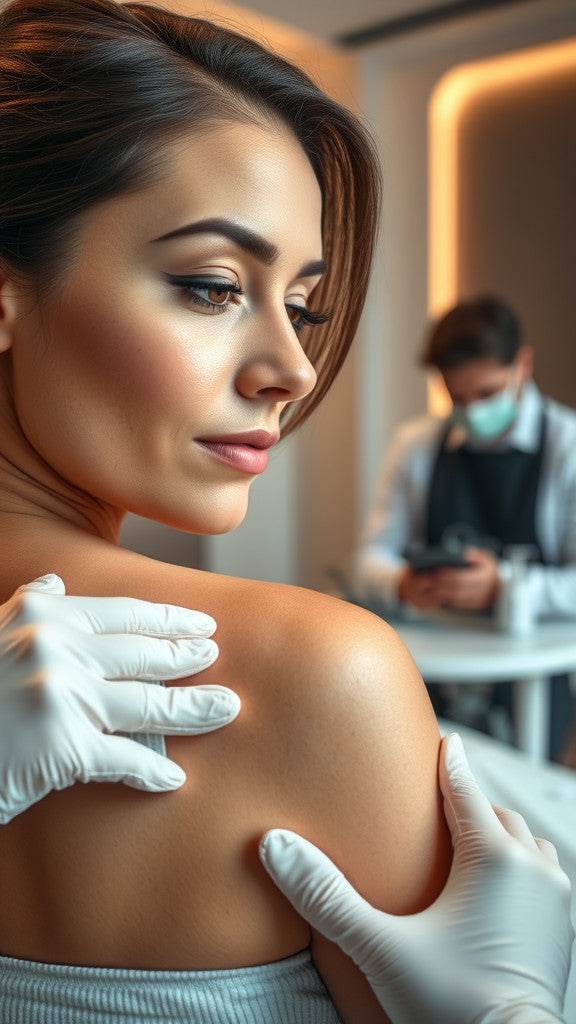
REMOVAL OF WARTS AND MOLES.
It is a set of medical or aesthetic procedures used to remove these skin growths, which can be benign or, in some cases, suspicious. These procedures are designed to safely and effectively remove warts and moles that may cause discomfort, aesthetic concerns, or present health risks.
Wart Removal:
Warts are skin growths caused by a viral infection, usually by the human papillomavirus (HPV). There are several methods for their removal:
- Cryotherapy: Involves freezing the wart with liquid nitrogen, which destroys the abnormal tissue.
- Electrocoagulation: Uses an electric current to burn the wart.
- Laser: The laser can remove the wart by vaporizing the tissue.
- Surgical Excision: In some cases, the wart is cut off with a scalpel.
- Topical Acids: Products applied to the wart that help to gradually dissolve it.
Mole Removal:
Moles are skin spots or growths that are generally benign. However, some may become suspicious or cause discomfort. The most common methods for their removal include:
- Surgical Excision: Involves cutting and removing the mole with a scalpel under local anesthesia.
- Laser: Laser can be used to remove superficial moles or those considered not dangerous.
- Electrocoagulation: Uses an electric current to burn the mole.
- Curettage: A method where the mole is scraped off with a special instrument.
Important Considerations:
- Medical Evaluation: Before proceeding with the removal of any wart or mole, a dermatological evaluation is essential to ensure there are no risks of cancer or malignant changes (especially in moles).
- Risks: While these procedures are generally safe, they may cause scarring, infections, or changes in skin texture



